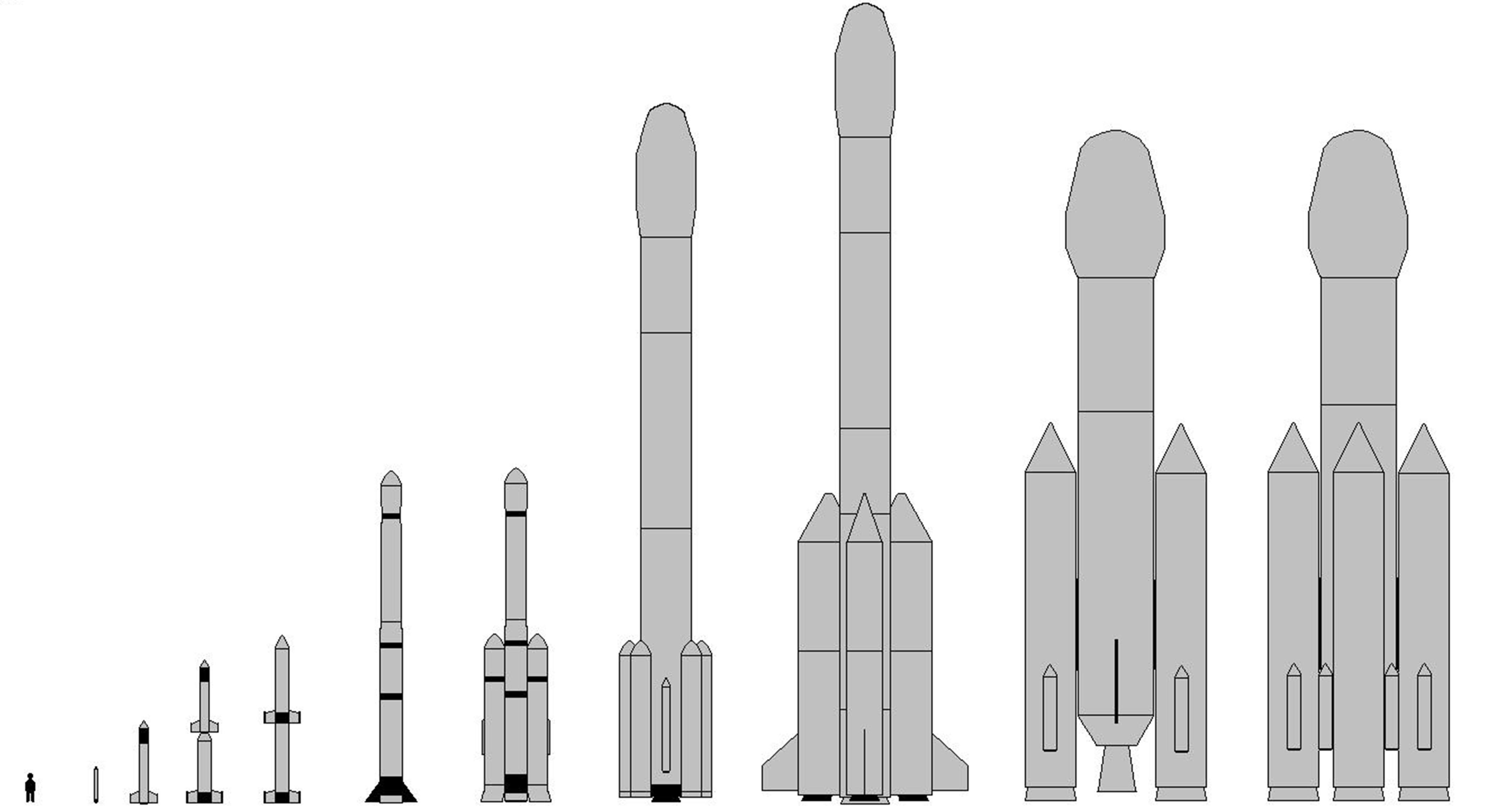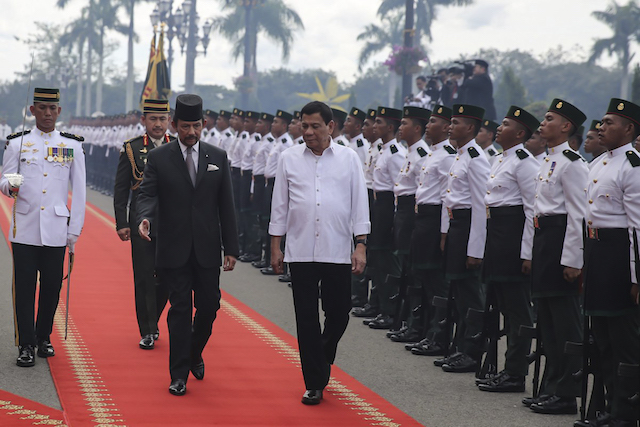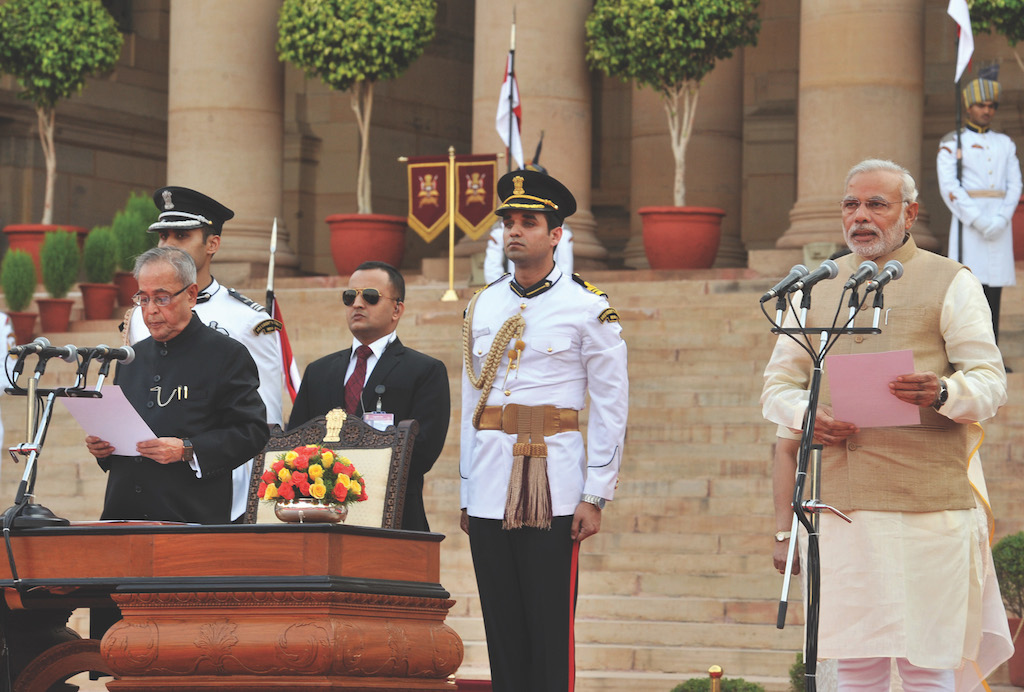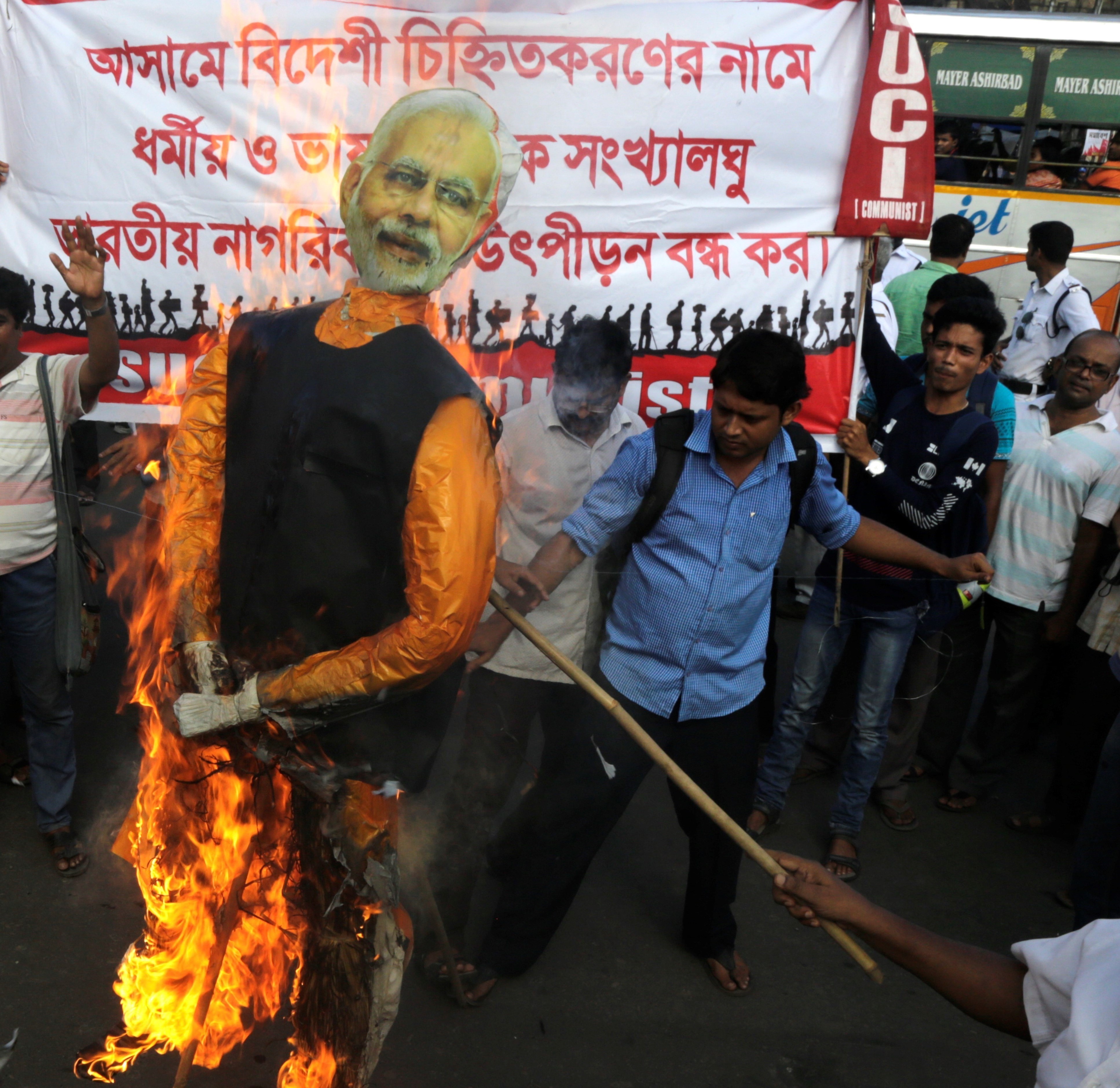The Indian Space Research Organization destroyed one of its own satellites 300 kilometers above Earth’s surface after launching a ground-based missile on March 27.
The test, known as Mission Shakti, added at least 60 pieces of orbital debris to Earth’s upper atmosphere in the process. This number only includes trackable debris and does not take into account any smaller pieces that still pose a threat to other orbiting objects, either manned or unmanned.
“The test was done in the lower atmosphere to ensure that there is no space debris,” stated the Indian Ministry of External Affairs after the successful attempt. “Whatever debris that is generated will decay and fall back onto the earth within weeks.”
According to research by Analytical Graphics Inc, some debris fragments have been located nearly eight times higher than India’s original estimates. At least one fragment was discovered at 2,222 kilometers.
“That is a terrible, terrible thing to create an event that sends debris into an apogee that goes above the International Space Station,” said NASA administrator Jim Bridenstine, criticizing the ISRO at the NASA town hall meeting on April 1. “That kind of activity is not compatible with the future of human spaceflight that we need to see happen.”
The ISRO’s anti-satellite test was performed beneath the ISS, allowing debris to potentially enter into the same orbit as the ISS, which sits in Low Earth Orbit about 220 miles above Earth’s surface.
Debris in orbit travels around the earth at approximately 10 times the speed of the average bullet leaving a gun. The United States Air Force is responsible for tracking nearly 16,000 objects in orbit, including “spent rocket bodies, dead satellites, debris and other junk that could become a threat,” according to Forbes.
The ability to destroy satellites is considered an advanced capability. During wartime, satellites provide important intelligence and communication to individual countries. India is not the first country to attempt and successfully complete an anti-satellite test.
According to Reuters, the U.S. was the first in the world to demonstrate their technological capacity to destroy an orbiting satellite in 1959. After the second test in 1985, no country in the world attempted any anti-satellite tests for more than 20 years.
In 2007, China successfully destroyed a weather satellite and created the largest orbital debris cloud in history, which was considered the most destructive. It was performed at a higher altitude than India’s most recent test and the U.S. attempts in 1959 and 1985.






